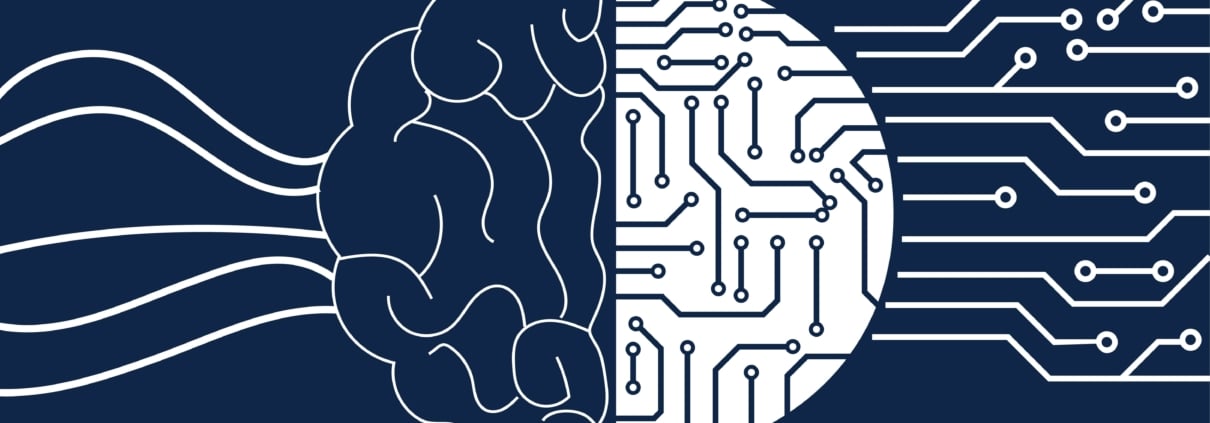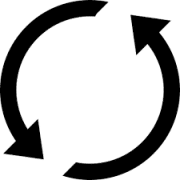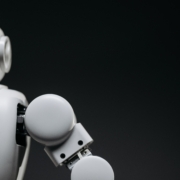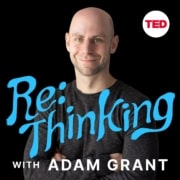How to Harmonize Human Creativity With Machine Learning
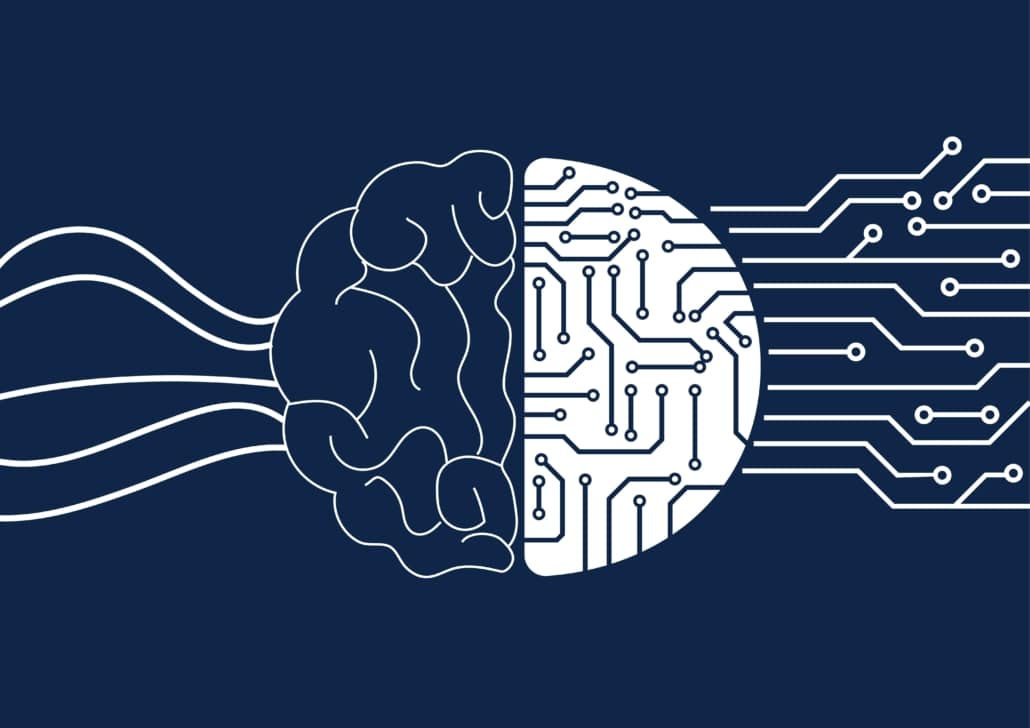
With the rise of machine learning tools such as ChatGPT, we’ve seen a lot of speculation regarding what that looks like for the future of human creativity in the workplace and elsewhere.
Some have gone so far to claim that machine learning and AI tools signal the death of human creativity—because if AI can produce art and books, then where is there a role for actual people?
While there are still a lot of unanswered questions, it is clear that leaders can’t expect AI to take over their own work, with all of its nuances and decision-making. Instead, finding ways to harmonize human creativity and machine learning can lead to even greater outcomes than ever before.
“We believe it’s no longer useful to debate whether this tool is ‘smarter’ or ‘better’ than us,” my colleagues and experts Tomas Chamorro-Premuzic and Dorie Clark write. (Tomas is the author of the new book I, Human: AI, Automation, and the Quest to Reclaim What Makes Us Unique, and Dorie is a consultant and keynote speaker on personal branding and career development.) “The tools are here, and they’re already being widely used. What matters to us is how we can better ourselves by using them.”
The Inherent Value of Human Creativity
Creativity is frequently cited as one of the most important traits of leadership—and in the business world in general. Creative leaders use innovative approaches and new ideas, cultivating an open mindset that encourages problem-solving and creates new opportunities for their business. Perhaps most importantly, creative leadership inspires others to seek change and look at things from a new perspective.
Encouraging creativity—rather than merely focusing on productivity—is one of the most important things a leader can do. Unfortunately, an obsession with productivity can sometimes cause us to devalue creativity. While creativity without limits can cause an organization to become directionless, too much focus on productivity can stifle innovation.
Leaders play a crucial role in guiding creativity by defining what it looks like for their organization, and offering a sense of direction and purpose for how creativity comes to play in different roles. This often includes finding a way to strike a balance between art and commerce.
Of course, unlocking human creativity requires fostering a culture that promotes and supports creative solutions. Businesses that encourage collaboration while embracing the individuality of each team member are better able to draw on each person’s unique perspectives and insights. When guided by objectives, deadlines, tools, and processes, the creative process can generate truly incredible solutions that strengthen your business like never before.
The Potential (and Dangers) of AI
Human thinking and creativity can be a powerful tool—but in the age of AI, they’re sometimes getting overlooked as companies pursue machine learning in the name of productivity.
“In an age where all of the knowledge of the world—which seems very hard to quantify or even grasp—has been outsourced and can be crowdsourced, accessed, and retrieved on an on-demand, 24/7 basis, there is really no advantage in being knowledgeable,” Tomas recently explained in an interview with McKinsey. “Rather, the advantages come from asking questions and being hungry enough for knowledge that you actually leverage access to this information.”
He notes that an over-reliance on AI and other tech resources can cause us to essentially “automate” our thinking, instead of thinking for ourselves. This can hinder our ability to effectively and creatively use the information and resources that are available to us. “Humans are wired to respond to genuine emotions,” he says, “so actually knowing and caring about what others think and feel, truly understanding yourself, and being capable of creating something machines cannot is an essential strategy to set yourself apart in the age of AI.”
Of course, on the opposite end of the spectrum, there are tasks that inherently require less creativity—even though they do require a large proportion of your team’s time. In these cases, resources such as AI-driven customer support software can be a true game changer by essentially outsourcing less creative tasks so that your team has more time to focus on higher value needs.
Machine learning tools can similarly be used to supplement and support these higher value tasks, from helping to outline or draft creative content to predictive analytics that forecast future trends and events based on different business decisions.
It is important to remember, however, that these AI-supplied “answers” must really only serve as a starting point for your team’s creative thinking. They can provide guidance in the right direction, but if your team allows them to replace human thought and creativity, your results will lose the essential nuance and insight that only real people can provide.
Subscribe to the Ethical Systems newsletter
Finding the Right Balance
Effectively harmonizing human creativity with machine learning is undoubtedly going to have its fair share of bumps along the way. But one thing that is important to remember in all of this is that these tools cannot fully replace human creativity—as long as we continue to use our intelligence.
“I’m confident in the future of our creative industry for a few reasons, but the big one is represented by the one thing that AI cannot replicate: nuance,” JP Lopez, Creative Director of MMI, writes for Advertising Week. “These tools will not replace designers and artists because, alone, the technology cannot create like a human can, with insight into the strategy that connects brands to their consumers. The creative power will remain in the hands of designers and directors, who can ask the algorithm to make it pop … or to make the logo bigger.”
When used properly, AI won’t become a replacement for your team’s creativity, whether in advertising or any other area. Instead, it will become another tool that your team can use to power their own efforts and deliver high-quality outcomes for the business. By providing appropriate guardrails for the use of these tools, you can continue to nourish your team’s creativity in the age of AI.
When you strike this balance, you can improve both productivity and creativity as human creativity and machine learning work hand in hand to drive your desired outcomes.
Ron Carucci is an Advisory Board member of Ethical Systems as well as cofounder and managing partner at Navalent. He is the bestselling author of eight books, and his work has been featured in Fortune, CEO Magazine, Harvard Business Review, BusinessInsider, MSNBC, BusinessWeek, and Smart Business.
Lead image: pspn / Shutterstock
Reprinted with permission from Forbes.

